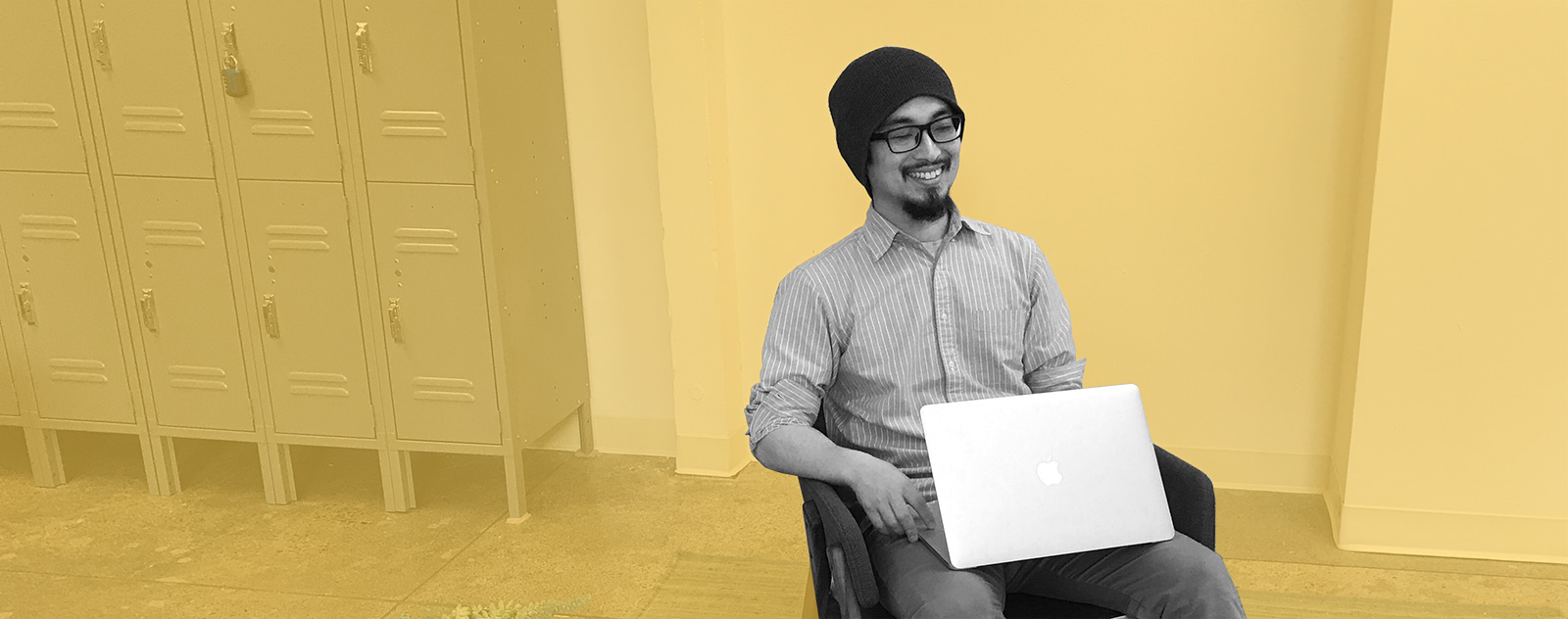When we say a product is ‘well-designed’, it’s not only aesthetically pleasing, but it also meets and anticipates the needs of its users. A product’s functionality, as well as its user experience, is often determined by the work of a skilled designer.
It’s no different at BackerKit. Here, design plays an integral role in making our app a simple yet powerful tool for project creators.
Today, head of design Kaz Nakanishi explains the importance of design at BackerKit, delves into his approach to his work, and gives us a snapshot of what an average day looks like at the office.
What’s your job?
I’ve been the designer at BackerKit for 4 years. My role encompasses the full length of product development process, which starts with the product roadmap meeting and research topics that come up from that, all the way to writing the stories that our developers will work on.
I also do wireframes and mocks and front-end development, where I code and deploy features in our software. I also do a bit of marketing work, including our public website, setting up the blog, and any visual design needs that arise in terms of graphic design.
What’s it like working in a cross-functional role?
I love it because I like to be aware of every aspect of the process, and I enjoy doing a lot of different things. It’s really interesting to be able to look at the entire operation of a company. When our support and success teams started to develop within our company, I had the opportunity to really engage with their needs and integrate them into the product. That was really fun work.
The challenge is that there’s a lot of work to be done. You can’t do everything, so you have to be good at time management. You have to prioritize what should be done today versus what needs to be pushed aside.
As a designer, there’s always an aspiration of making things perfect. That’s in our nature. What I learned is that you don’t always want to shoot for that at the beginning. I learned a lot about that from Max (BackerKit’s co-founder) especially. He’s not afraid to make something really quickly, ship it, get feedback, and make improvements. The key is to make sure you have someone that is willing to use it before you build anything, so it’s important to float the idea early with customers. This ensures that you get an immediate response, so you can iterate and improve.
What informs your design approach?
The most impactful thing is the conversations I have with customers. There are so many opportunities to chat with customers. It’s really inspiring to listen to their stories and how they deal with challenges with their crowdfunding journey. The challenge is to understand their core issues and try to figure out an immediate solution for them. Shipping the MVP (minimum viable product) brings a lot of value to our customers. That’s always been an important part of our approach.
How we design software was definitely a new approach that I had to figure out as I grew into the role. Our customers are some of the most creative individuals in the world, and the way they do things are always evolving. We felt like BackerKit evolved with them, so in a way, we designed this software with our customers. We adapt with our customers, and they’re part of our DNA.
What’s an average day like at BackerKit?
There is no average day! I was recently trying to map out my daily routine, but it’s usually different almost every single day. I work independently most of the time and try to work on the most impactful thing that’s happening that week.
We run a weekly sprint cycle as part of our product development process. On Monday we have an IPM – an iteration planning meeting – where all the product team gather in one room and review all the work that needs to be done that week. Part of my process is to make sure I’ve prepared everything for that meeting. That involves working with the product manager, working on wireframes or screens that might help the developers and any other needs that clarify each story. To prepare for IPM, there’s a pre-IPM session that’s more of a one-on-one discussion with a member of the dev team to make sure they understand the stories that will be reviewed.
Throughout the week, there’s a lot of research, writing, and ideation, as well iterating back on any ongoing features that need attention. Depending on what kind of problem we are solving, I might reach out to a customer, chat with another team member, or look up various metrics. I also try to sneak in a few design chores that come up to make small improvements in the app, but I try not to let those things take over my day.
What qualities are you looking for in a designer?
The most important quality for me is how scrappy you are. I think scrappiness comes from being really curious and really caring about what you do. At BackerKit, a designer is asked to do a lot of different things. You might have to do something that you’ve never done before, or you might encounter a problem that you could have never imagined thinking about. If you have the willingness to try anything and want to make things happen, this is a great place for you.
